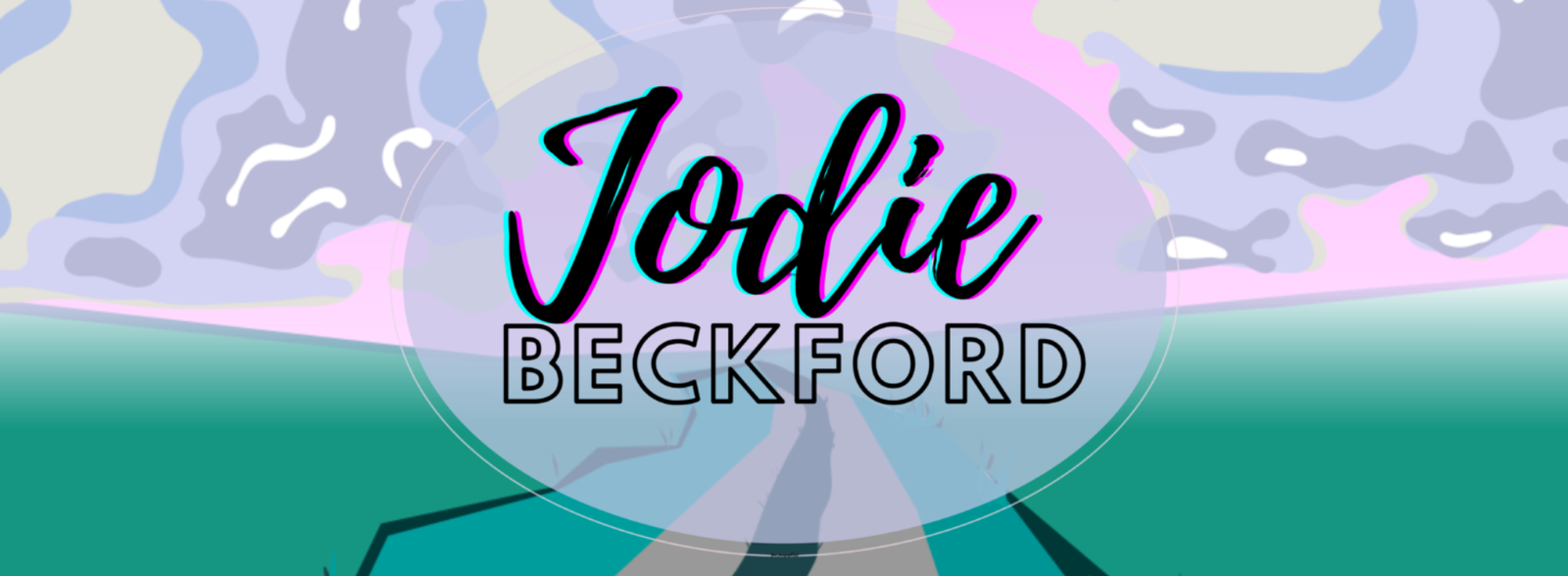I have always considered myself pretty polyamorous when it comes to art media. Paints, pastels, markers, charcoal, pencils, ink: I have loved them all. I even flirt with a bit of collage from time to time. But I have never felt a particularly strong affection for one over the others…until now.
Several weeks ago I fell down a YouTube rabbit hole of artists inspired by Studio Ghibli animation. For those unfamiliar with Studio Ghibli, this was a Japanese animation company that produced a number of very popular and very beautifully animated films. They are no longer in business, sadly, but their films are still widely available to watch on streaming services like Netflix.
Anyway, back to the point, these artists were using stills from these films and filling their sketchbooks with wonderful bright scenes full of movement and warmth. I became a little obsessed as I watched artist after artist hone their skills with these little gems of scenes. But it wasn’t so much the content that had me glued to my screen, it was the paint!
Matte, opaque, and creamy: this paint went down in layer after layer of beautiful colours. Light sat on top of dark with no apparent effort. Details were set down with a few light brush strokes. It was all a dance of contrast and colour and I had to know more!
The paint that most of these artists was using was a set of gouache paints called Himi or Miya, or Himi Miya. It comes in a range of palette sizes and the thing that took the Internet art world by storm was that the paint is delivered in small containers that bear a striking resemblance to jelly or pudding cups. It is also very cheap.
This was the only thing that gave me any pause. Not that I am a product snob, not at all, but I was a little concerned that the hype around these paints was based solely on their presentation, and not on their performance. So it was back to YouTube. Luckily, a number of professional artists had also decided to jump on this gouache bandwagon and a few videos later of comparisons between Himi Miya and other gouache brands had me convinced that I should at least give it a try. My local online supplier had a decent set for a very low price and with the click of a mouse I became the proud owner of my own set of Miya gouache.
I’ve now been using it for close to a month and I am hooked. The pigments are strong and vibrant. They mix like a dream, and because they are water soluble I can reuse palettes over and over again (something I cannot do with acrylic gouache).
There are a couple of caveats. The paper you use makes a significant difference in how far the paint will spread. I definitely recommend a thicker watercolour paper rather than regular mixed media sketchbook paper. It’s not that mixed media paper doesn’t work, but I’ve noticed that watercolour paper definitely takes the paint better. If you don’t like the toothiness of cold press, then go for a hot press watercolour paper instead. Secondly, you absolutely must wait for one layer to dry completely before adding a new layer or it will turn to mud. Anyone familiar with wet on wet watercolour technique will know all about this. It is also a good idea to work fat on lean as much as possible.
But, these caveats aside, this paint is a dream, very forgiving and looks amazing. I am, for the time being, monogomously attached to it and will be seeing what I can do with it on larger sizes and in a more asbtract style in the coming week. There’s also a couple of landscape ideas that I think will work very nicely in this medium.
Until the next time, happy creating!


Very nice, Jo! It sounds like the painter’s dream! Cheap AND good! Perfect. Lovely pigeon, by the way 🙂
Thanks Ms P!
Wow – I had no idea about the type of paints used for Ghibli films! I’m a huge fan of Studio Ghibli – and the cottage you painted looks extraordinarily Ghibli-esque!
Thank you Ren! Did you know that they are releasing a brand new Ghibli film pretty soon? Apparently Miyazaki-san still had a film to complete and they have now finished production on it. Can’t wait to see it!